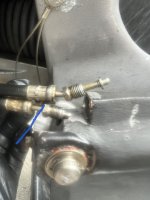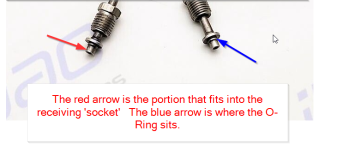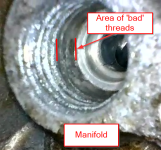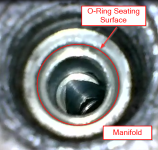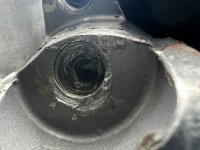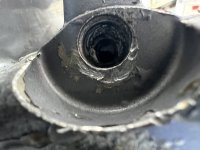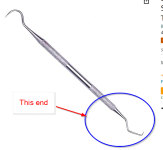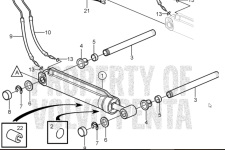Wanna Tango
Seaman Apprentice
- Joined
- Sep 12, 2022
- Messages
- 42
Quick question all.
I was reconnecting the the hydraulic (port outer trim line) and it would not screw in all the way and leaked fluid. Cleaned thread with a 7/16-20 thread chaser but still leaks fluid the leak is not from the thread but from the fitting.
Do I need to change the line or remove the cylinder and re-thread it?
I tried removing the cylinder from the pivot pin but it won’t budge at all.
Thanks in advance for any and all help.
I was reconnecting the the hydraulic (port outer trim line) and it would not screw in all the way and leaked fluid. Cleaned thread with a 7/16-20 thread chaser but still leaks fluid the leak is not from the thread but from the fitting.
Do I need to change the line or remove the cylinder and re-thread it?
I tried removing the cylinder from the pivot pin but it won’t budge at all.
Thanks in advance for any and all help.




















